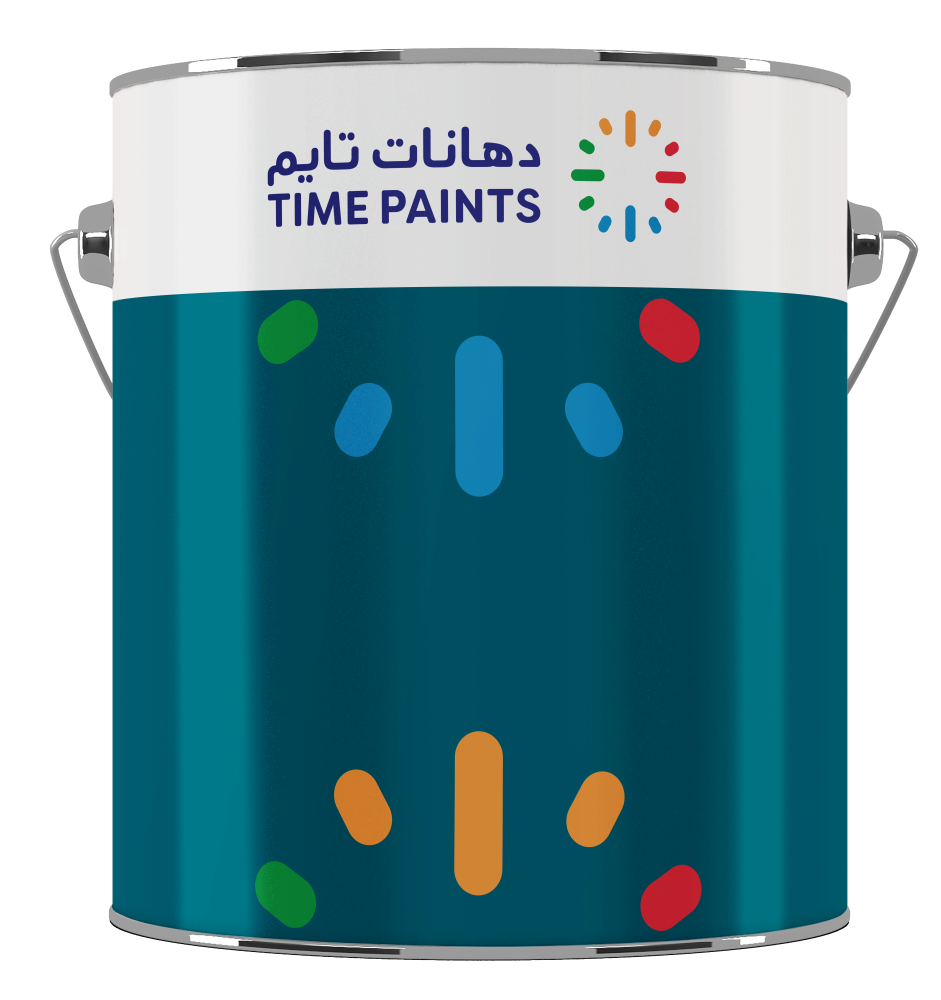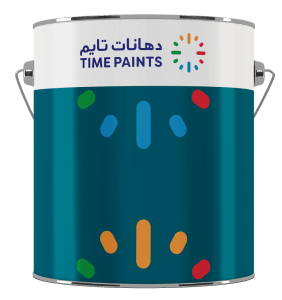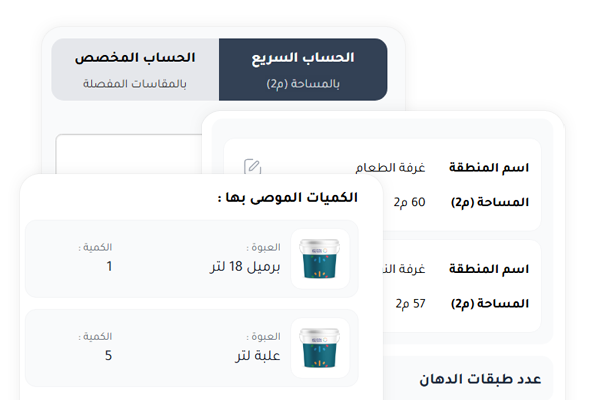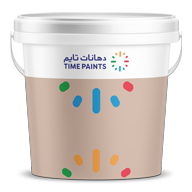Surface Preparation
Initial cleaning:
- All visible surface impurities such as grease, oils and dust must be removed using a suitable cleaner, and salts and other impurities must be removed using pure water at high pressure.
- If there are manufacturing defects, such as traces of welding, they are treated and then sanded, as well as sanding and smoothing the sharp corners before starting the sand or metal extrusion process.
Concrete surfaces:
- The surface must be of high hardness and durability.
- All visible surface impurities such as grease, oils and dust must be removed using steam, cleaning agents or chemicals. Makes sandblasting cleaning according to NACE
- It removes brittle layers of concrete. This process opens holes and pores, giving more effectiveness in adhesion.
- Rough surface) NO.6 / SSPC-SP 13
New steel surfaces:
- Refer to Preliminary Cleaning, the surface must be prepared according to Specification 10 SP-SSPC / 2No NACE-½ 2 Sa or Specification 6 SP-SSPC / 3 No NACE * 2 Sa.
Maintenance:
- Refer to the initial cleaning. The damaged areas must be removed and the surface must be cleaned by mechanical methods according to the standard (3SP-SSPC) (or using sandblasting according to the standard (NACE).
- 10SP-SSPC.2/No ½ (which is better to use, and the 6SP-SSPC.3/No NACE specification can be adopted as an alternative specification, and water bombardment can be used according to the WJ-2 (NACE No. 5/SSPC-SP12) specification
Application Guide
Containers And Coverage
The theoretical diffusion rate is 3.33 m2 per liter
, at a dry layer thickness of 300 microns
3.44L Gallon
Coverage :
11.45
m2
* Paint coverage depends on various factors like surface type, application method, and tools used. The coverage distance is based on one coat of paint on white color.


 185
185


 30.48
30.48
 48.30
48.30
 130
130